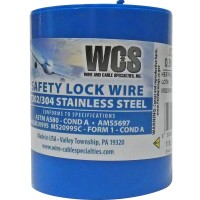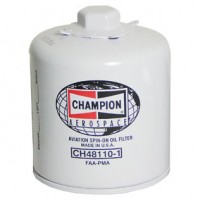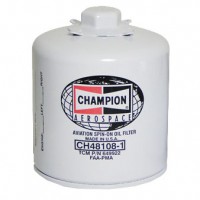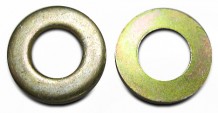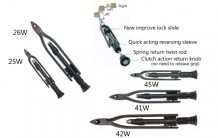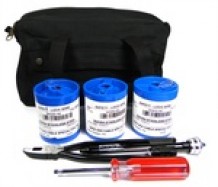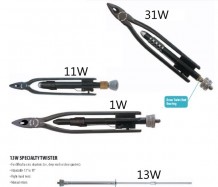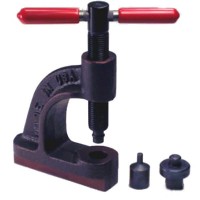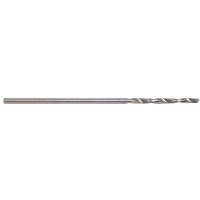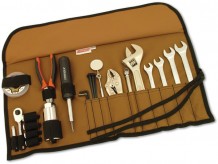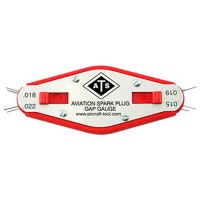Swp8 Safety Wire Installation Pliers
MFR Model# SWP8
Overview
|
Inspect any A&Pís tool box and youíll find safety wire pliers. Often referred to as SWIPES (for Safety Wire Installation Pliers), they ease the operation of twisting wire that firmly secures fasteners and other parts. The two primary components of swipes are the locking jaw and a lever that rotates pliers when pulled out. The SWP8 features a diagonal nose jaw and heat-treated cutting blades, using pro-spec chrome vanadium material. The locking mechanism operates with ease, as does the self-retracting twist lever, according to company officials. |
WARNING: Cancer and Reproductive Harm - www.P65Warnings.ca.gov. |
Features
- Locking Jaw
- Diagonal Nose Jaw
- Heat-Treated Cutting Blade
- Locking Mechanism
- Self-Retracting Twist Lever
Specifications
- 8.5″ tip-to-tip
Reviews
Well worth the price.
Swipes Safety Wire Pliers
Very nice TOOL.
Swipes Safety Wire Pliers
Seems to be good value for the money. Agent handling the order was very helpful and items were shipped the same day.
Swipes Safety Wire Pliers
These pliers are brilliant. I installed safety wires on several occasions and they really did the trick. I was so impressed by the ease of use of these pliers that I bought a few as gifts for relatives. My wife also uses them sometimes to fix the suspenders of her lingerie. She says that they are very handy for this. So both of us are really happy with these great pliers.
They worked for a while (installed the safety wire on my homebuilt project one time and they quit working before I finished) - the twist shaft is now stripped to the point it wont turn the pliers. The end cap kept falling off. The locking mechanism is hard to engage especially in tight quarters.
Q&A
Please note, Aircraft Spruce's personnel are not certified aircraft mechanics and can only provide general support and ideas, which should not be relied upon or implemented in lieu of consulting an A&P or other qualified technician. Aircraft Spruce assumes no responsibility or liability for any issue or problem which may arise from any repair, modification or other work done from this knowledge base. Any product eligibility information provided here is based on general application guides and we recommend always referring to your specific aircraft parts manual, the parts manufacturer or consulting with a qualified mechanic.
It is not. You squeeze the pliers closed and slide the lock mechanism to the lock position.


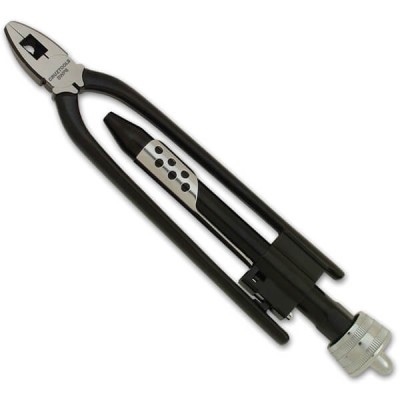





 FREE Shipping
FREE Shipping
